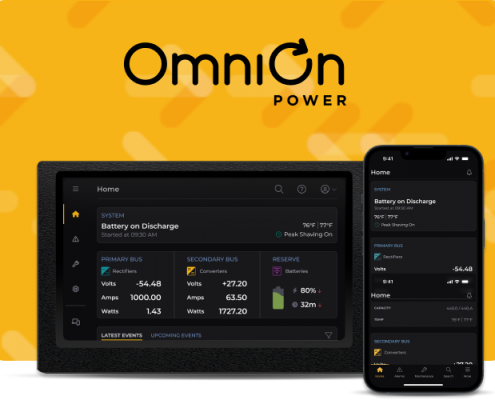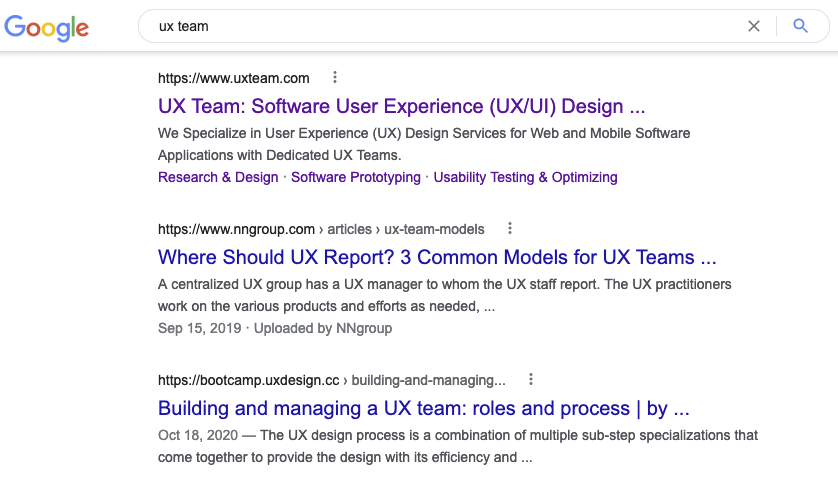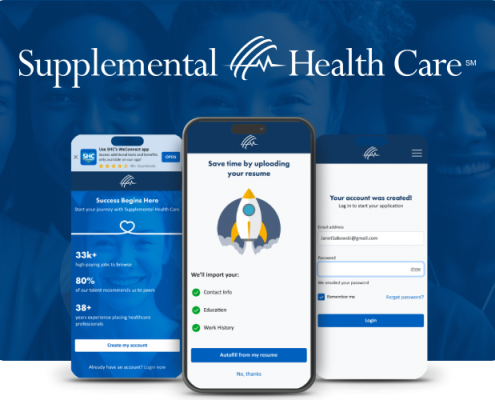
If No One Can Find Your Site, Does It Exist?
As the name implies, the goal of Search Engine Optimization is to optimize your website’s ability to get higher rankings on search engines, which will then increase the number of visitors to your website. To do this, the are many factors and best practices you must implement that will help your website not only rank higher but also have more “click appeal” on Google’s Search Engine Results Page (SERP). Some of the basics include things such as on-page SEO industry best practices to help your website get crawled and indexed properly by search engines. Once your site’s content is properly indexed by search engines, it can now have a greater opportunity to be found by the right visitors who are already searching for a site like yours. However, if you don’t do this part right, your site won’t stand a chance against your competitors.
Despite what many think, Google only cares about creating the best possible User Experience for its own users. If its algorithm determines that your small business website contains the most useful content for a given search, it will display your site higher than your very large business competitors.
In addition to getting your site to display higher on SERPs, we also look at ways to optimize the display of your SERP snippet so that more people click your link over a competitor. This can include careful use of keyword-rich content in your page titles, meta description tags, and site links.

Some of the most basic on-page SEO best practices are summed up in this very old (but still relevant) 2007 video from Google’s Matt Cutts:
Recent Web and Mobile UX Design and Development Projects
We design and develop software and website user experiences for a wide-range of clients in many different industries.




